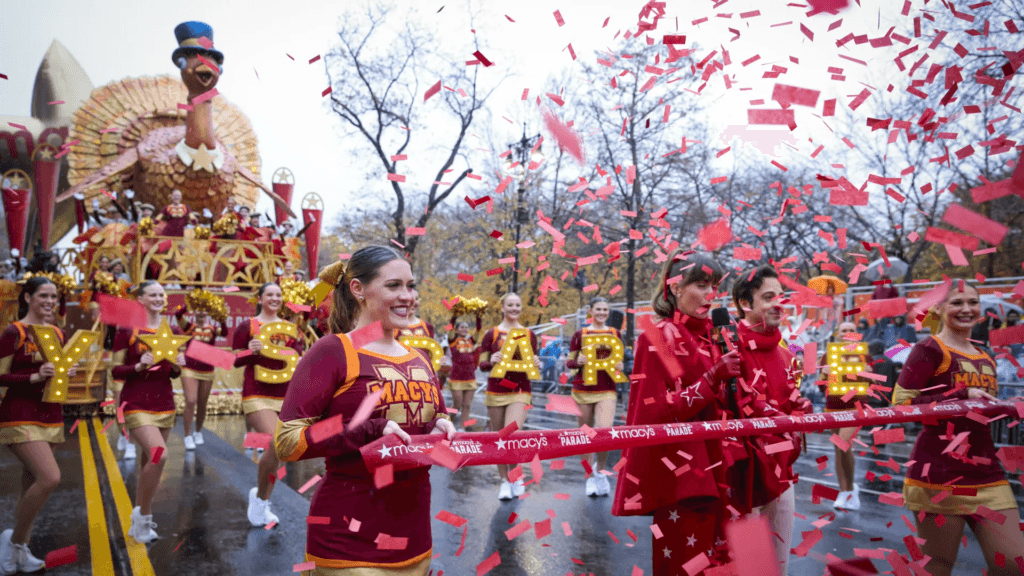
Get App
Write a blogpost on indian marriage
The Vibrant Tapestry of Indian Marriages: A Celebration of Love, Tradition, and Culture
Indian marriages are more than just a union of two individuals; they are a grand celebration of love, family, and culture. Often described as a festival that lasts for days, an Indian wedding is a vibrant tapestry woven with rituals, colors, music, and emotions. It is a reflection of India’s rich diversity, where every region, religion, and community adds its unique flavor to the festivities. In this blog, we’ll take a closer look at what makes Indian marriages so special and unforgettable.
A Union of Two Families, Not Just Two Souls
In India, marriage is not just about the bride and groom; it’s about the coming together of two families. From the moment the wedding is announced, families on both sides immerse themselves in the preparations. The bond between the families is as important as the bond between the couple. This emphasis on family ties is one of the most beautiful aspects of Indian marriages, creating a sense of unity and togetherness that lasts a lifetime.
Pre-Wedding Rituals: The Build-Up to the Big Day
Indian weddings are known for their elaborate pre-wedding ceremonies, each with its own significance and charm. Here are some of the most popular ones:
- Roka and Engagement: The journey begins with the Roka ceremony, where the families formally announce the union. This is followed by the engagement, where the couple exchanges rings in the presence of loved ones.
- Mehndi: A day or two before the wedding, the bride’s hands and feet are adorned with intricate henna designs. The Mehndi ceremony is a joyous event filled with music, dance, and laughter.
- Sangeet: This is a night of celebration where both families come together to sing, dance, and perform. It’s a time to let loose and enjoy before the solemnity of the wedding day.
- Haldi: In this ritual, a paste of turmeric, sandalwood, and rose water is applied to the bride and groom’s skin. It is believed to purify and bless the couple before their big day.
The Wedding Day: A Symphony of Rituals
The wedding day itself is a blend of sacred rituals and grand celebrations. While customs vary across regions and religions, some common elements include:
- Baraat: The groom arrives at the wedding venue in a procession, often on a decorated horse or in a luxury car, accompanied by his family and friends dancing to lively music.
- Jaimala: The bride and groom exchange floral garlands, symbolizing their acceptance of each other as life partners.
- Pheras: One of the most important rituals, the couple takes seven vows around a sacred fire, promising to stand by each other through thick and thin.
- Sindoor and Mangalsutra: The groom applies sindoor (vermilion) to the bride’s hair parting and ties a mangalsutra (sacred necklace) around her neck, symbolizing her marital status.
- Vidaai: The emotional farewell as the bride leaves her parental home to start a new life with her husband. It’s a bittersweet moment filled with tears and blessings.
Post-Wedding Rituals: Welcoming the Bride
After the wedding, the bride is welcomed into her new home with rituals like the Griha Pravesh, where she kicks a pot of rice at the entrance to symbolize prosperity. Games and light-hearted traditions are often organized to help the bride bond with her new family.
The Diversity of Indian Weddings
India’s cultural diversity is reflected in its weddings. From the opulent Punjabi weddings with their bhangra beats to the serene and simple Tamilian weddings, every region has its own unique customs. Muslim weddings feature the Nikah ceremony, while Christian weddings are marked by the exchange of vows in a church. Sikh weddings take place in a Gurudwara with the Anand Karaj ceremony, and Gujarati weddings are known for their colorful mandap and playful rituals.
The Modern Indian Wedding: A Blend of Tradition and Trends
While Indian weddings are deeply rooted in tradition, they have also evolved with time. Modern couples are personalizing their weddings, incorporating elements like themed décor, destination weddings, and fusion menus. Social media has also played a huge role in shaping trends, from viral dance performances to Instagram-worthy wedding outfits.
Why Indian Marriages Are Unforgettable
What sets Indian marriages apart is the sheer scale of celebration and the depth of emotions involved. They are a perfect blend of tradition and modernity, spirituality and festivity, and love and commitment. Whether it’s the vibrant colors, the soulful music, or the heartfelt rituals, an Indian wedding leaves an indelible mark on everyone who experiences it.
Conclusion
Indian marriages are a testament to the country’s rich cultural heritage and the importance of family and community. They are not just about the couple but about the coming together of two worlds, creating memories that last a lifetime. Whether you’re a guest at an Indian wedding or simply an admirer of its beauty, there’s no denying the magic and grandeur of this timeless tradition.
So, the next time you hear the dhol beats or see the glow of a bride’s mehndi, remember that you’re witnessing a celebration that is as old as time itself, yet forever evolving. Here’s to love, laughter, and happily ever afters! 💕
What’s your favorite Indian wedding tradition? Share your thoughts in the comments below!



